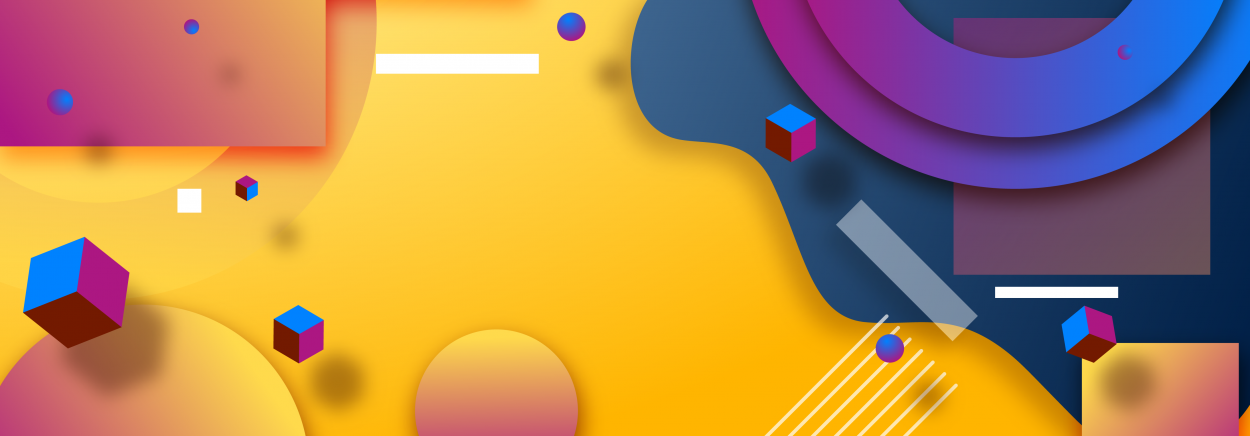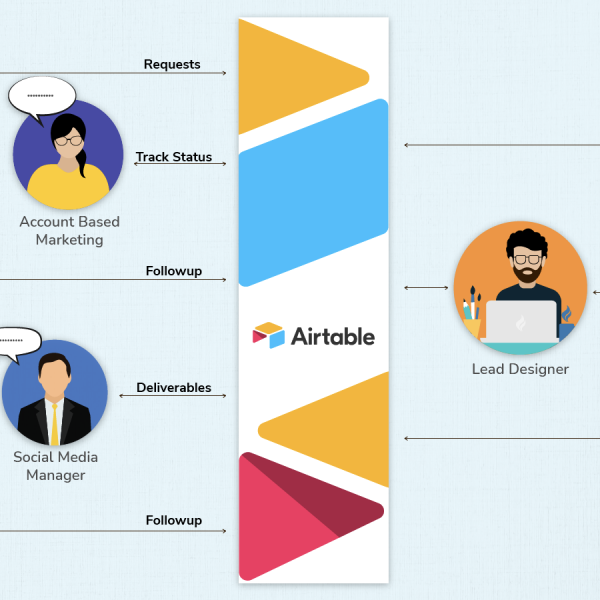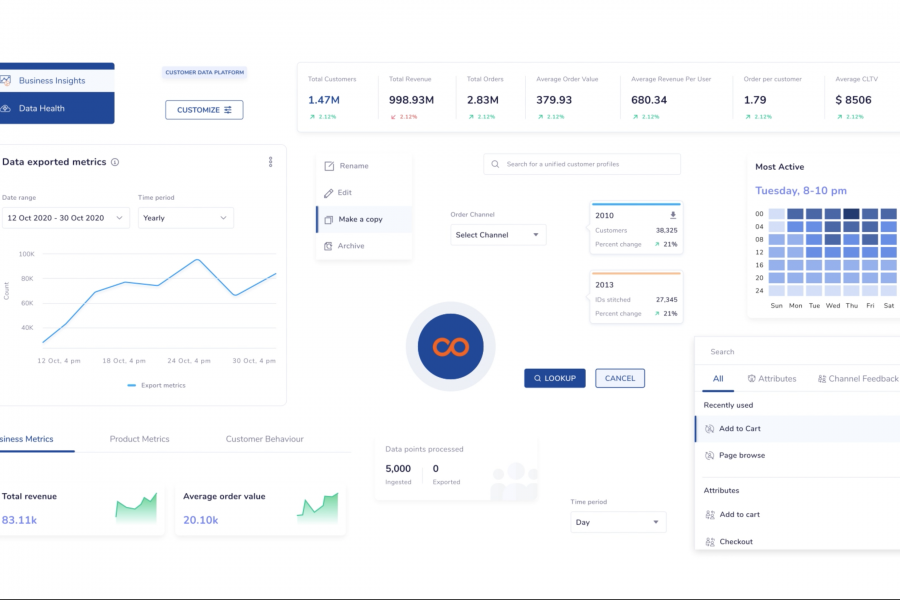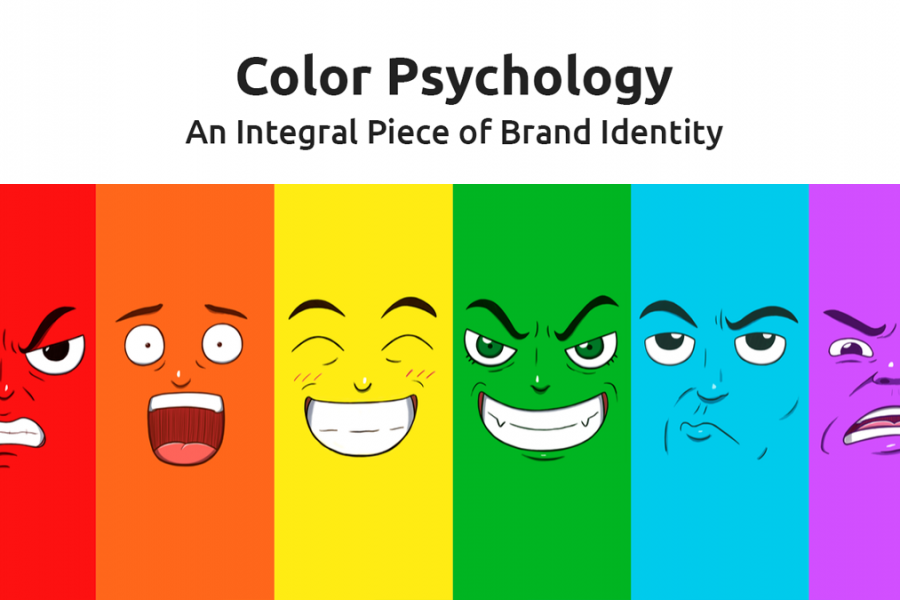Do you know that certain shapes make us feel a certain way? Shapes with rounded edges are softer and more approachable, while shapes with sharp lines and edges depict strength and presence.

Shapes in Design
We see shapes every day, yet we don’t realize that there is a psychology behind them or that they are developing visual grammar.
Do you know that certain shapes make us feel a certain way? Shapes with rounded edges are softer and more approachable, while shapes with sharp lines and edges depict strength and presence.
What do you feel when you see a circle? A square? A triangle? Are you affected the same when seeing an object with soft gentle curves as you are when seeing another object with sharp jagged edges? Much the same way that lines have meaning, shapes have meaning and are an important building block in the visual grammar and visual thinking we have at our disposal as designers.
Shapes have an endless variety of characteristics, each communicating different messages to your audience. You’d be hard-pressed to design any web page without creating shapes. Even if your page is nothing more than paragraphs of text you’re laying down shapes on the page.
When it comes to the use of shape in design and layout, designers use shapes to:
- Symbolize ideas or concepts
- Set a mood or emotion
- Create a travel path for the eye around the design
- Create depth or movement
- Connect content and imagery in a layout
They can work as a standalone design if you need to send a direct message. Otherwise, they work as an accessory, for various visual marketing materials such as presentations, infographics, or social media visuals.
Let’s take a look at types of Shapes in Design
Geometric shapes
When thinking of shapes these are the first to come to mind. They include squares, rectangles, triangles, circles, pentagons, hexagons, or instantly recognizable octagons. These shapes are easily identified and have been given names. The shapes with straight lines and angles usually symbolize structure and order, while the shapes with curves are softer and represent connection and community.
Natural / Organic shapes
By nature, these are irregular shapes and are more often than not curved or uneven. Like most things in nature, these shapes tend to be comforting and approachable. Represented in the shapes of rocks, clouds, leaves, and flowers, they are mainly nature-based but can be man-made with elements such as paint blobs or free drawing that are created through spontaneity.
Abstract shapes
Abstract shapes are recognizable in form but are essentially not real as they are simplified versions of organic shapes. To give you an example, icons are abstract shapes that represent concepts and ideas, a stick figure is an abstract shape of a person, etc.
Symbols that you see and use in your everyday life, such as mobile app icons, can be placed in this category.
Shapes can be either positive or negative. They can be figures or they can be ground. Be conscious of the shapes you form with negative space as these are just as, if not more, important than the shapes you form with positive space.
Let’s dive deeper into shape meanings and learn how you can integrate them into your visual communication strategy.
The Psychology of Shapes in Design
Designers use shapes to express different ideas, create the notion of movement, offer texture and depth to an image, suggest a mood or emotion, or emphasize an area of interest.
Most of the time, the designs will get paired with a colour. The combination of shapes and colours are various and hold different meanings and moods.
Before deciding which one to choose, you’ll need to understand your design’s purpose and the message you want to convey.
Specific shapes and colours already have meaning in our minds. This usually applies to the familiar shapes which have associations with objects encountered in nature.
So, when we see an object reduced to a combination of colour and shape—let’s say a yellow circle, symbolizing the sun—we’ll instantly recognize it.
Sometimes, if we don’t immediately identify them, their meanings can be more in-depth, and they only send a specific feeling by not giving all the information.
It’s time to see which are the meanings they carry.
The Best Result of Mixing and Matching Geometric Shapes with Organic Shapes
You can combine geometric and organic shapes and the result will look awesome.
Example:
The Psychology of Shapes in Logo Design
A logo design is part of the brand identity, and it’s how you introduce yourself to potential customers. With a well-crafted logo, you’ll get the attention of the target audience. The Journal of Consumer Research shows us that even the basic shape of a logo can be enough to influence how people perceive your products and services. Logo shapes in the graphic design show us how changing the shape of a logo can alter customers’ entire perception about a brand and once it’s out there, it will send a message to your audience, and you want to make sure it’s the right one.
Let’s take a look at some of the most popular logo shapes in circle, square, rectangle, triangle, even in an organic shape.
Circle | Square | Rectangle | Triangle | Organic
Conclusion
Shapes like lines are an essential building block in our visual vocabulary and grammar. Try to create a design without using at least one shape. It’s impossible as even the blank page is a shape.
There are an infinite variety of shapes and shape combinations. Most of the shapes you use and encounter will be geometric so try to work in organic shapes to create interest where appropriate.
Abstract shapes are symbols representing organic shapes and are common to logos and icons. They can carry a lot of meaning due to their connection with more concrete natural forms and can communicate quickly and effectively and because of this, some are overused.
Look around you and observe shapes in designs and nature and think about what they are saying to you, what they make you feel, what they are communicating. Do they enhance or hinder the message of the designs you see?
Everything in this world can be simplified and brought to a simple shape.
Keep pen and paper handy and scribble and doodle various shapes. Notice the shapes you draw, how they affect you, and how you can use them in your designs. If you manage to master the basics of shapes, you’ll get the cubist out of you.







Leave a Comment